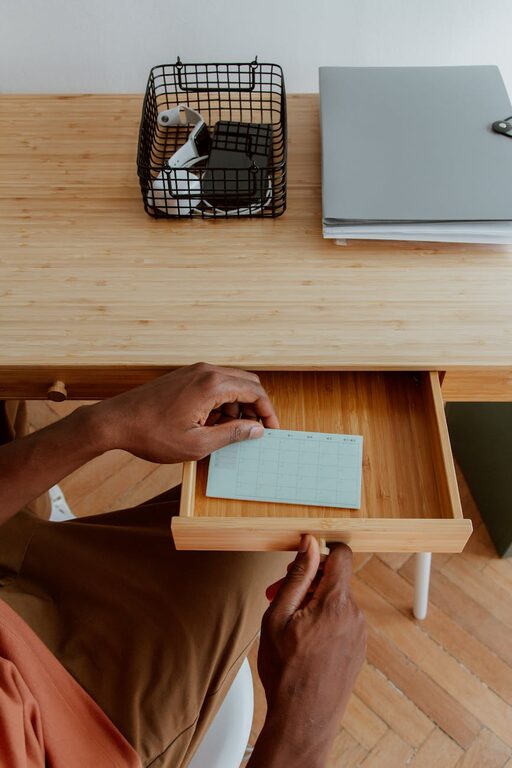Simple Ways to Reduce Household Paper Clutter Effectively

Managing household paper clutter can feel overwhelming, but with a few simple strategies, you can create a tidier, more organized living space. Paper often piles up unnoticed—from mail and bills to receipts and school papers—leading to cluttered countertops and drawers. The good news is that reducing this clutter doesn’t require complicated systems or expensive tools. Below, we explore practical ways to tackle paper clutter effectively.
Why Paper Clutter Happens
Paper clutter accumulates due to daily mail, various documents, and miscellaneous prints that we hold onto “just in case.” Often, items are kept out of habit rather than necessity. Recognizing this is the first step toward controlling your paper flow.
Start With Sorting: Create Designated Categories
Begin by gathering all loose papers in one place. Sorting them into clear categories makes decision-making easier. Consider these common categories:
– Important documents: Birth certificates, legal papers, warranties
– Bills and financial statements: Utilities, credit card statements
– Receipts: For tax, warranty, or expense tracking
– Personal correspondence: Letters, invitations
– School or work papers: Homework, project documents
– Miscellaneous: Coupons, flyers, brochures
Use labeled folders or trays to keep sorted papers separate. This visual organization helps reduce confusion.
Go Digital Whenever Possible
One of the most effective ways to reduce paper clutter is to embrace digital alternatives:
– Switch to paperless billing: Most companies offer email statements.
– Scan important documents: Store digital copies in organized folders on your computer or cloud storage.
– Use apps for receipts: Apps like Expensify or Evernote can help you track and store receipts digitally.
– Set up email filters: Organize incoming documents and invitations in specific folders.
Digital storage frees up physical space and makes retrieval quick and convenient.
Create a Simple Paper Management System
Having a small, consistent system helps manage incoming paper daily.
1. Define an In-Box
Place a dedicated tray or basket where all incoming mail and papers go. Having a central spot prevents papers from scattering around the house.
2. Schedule Regular Sorting Sessions
Set aside time weekly or biweekly to sort through your in-box. During this time:
– Toss junk mail immediately
– File or scan important papers
– Pay or schedule bills
– Decide on documents to keep or shred
3. Use Clear Labels and Filing
Keep a filing system with clearly labeled folders. A simple filing cabinet or portable file box is sufficient. Organize by categories established earlier.
Reduce Incoming Paper
Prevent clutter before it starts by minimizing the amount of paper entering your home.
– Unsubscribe from junk mail: Use services like DMAchoice to reduce unsolicited mail.
– Opt out of catalogs: Visit websites like Catalog Choice.
– Request electronic receipts: Where possible, ask stores to email receipts instead of printing.
– Go paperless on subscriptions: Switch magazines or newsletters to digital versions.
Maintain Shred and Recycle Habits
Shred sensitive papers you no longer need to protect your identity. Regularly recycle junk mail and outdated documents to avoid piling up.
Bonus Tips for Special Situations
Managing Kids’ School Papers
– Pick a bulletin board or designated folder for important school notices.
– Take photos of artwork or school projects before recycling.
– Keep a memory box for selected special papers instead of everything.
Handling Receipts
– Use an envelope or small box for recent receipts.
– Sort receipts monthly, keeping only those needed for taxes or returns.
– Digitize receipts for easier access.
Benefits of Reducing Paper Clutter
Cutting down paper clutter has many positive effects:
– More space and less visual chaos
– Easier to find important documents
– Reduced stress and improved focus
– Safer document storage
Final Thoughts
Reducing paper clutter is achievable with steady, manageable steps. Start by sorting, go digital when possible, and commit to a simple organizing system. Over time, maintaining a clutter-free home will become second nature, creating a more peaceful and efficient living environment.
—
With these tips, your household can enjoy less paper chaos and more order—making home feel truly relaxing again.
